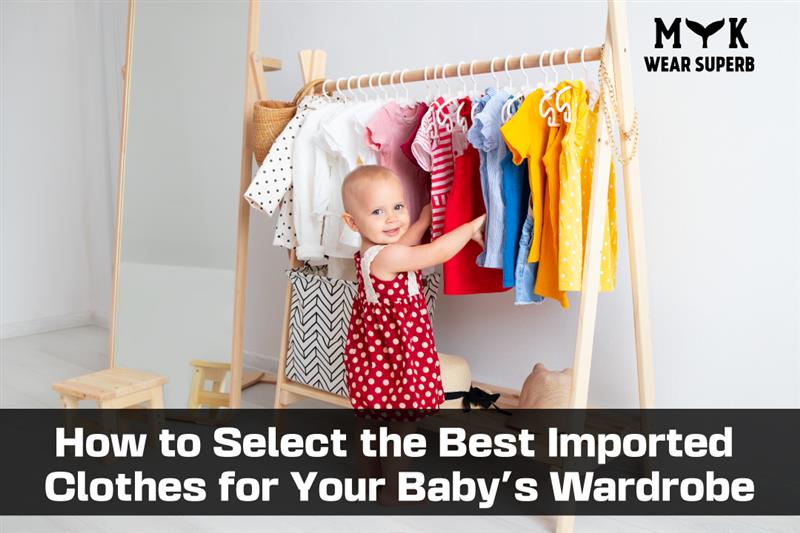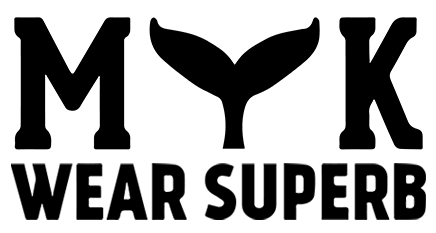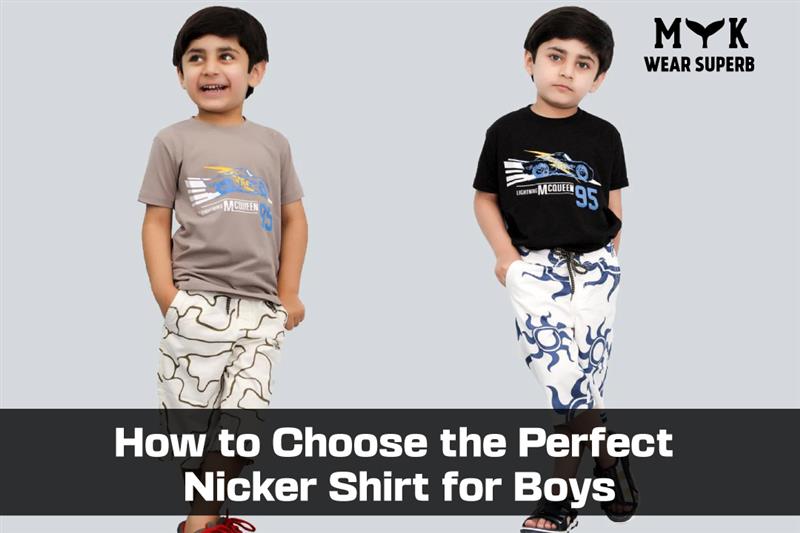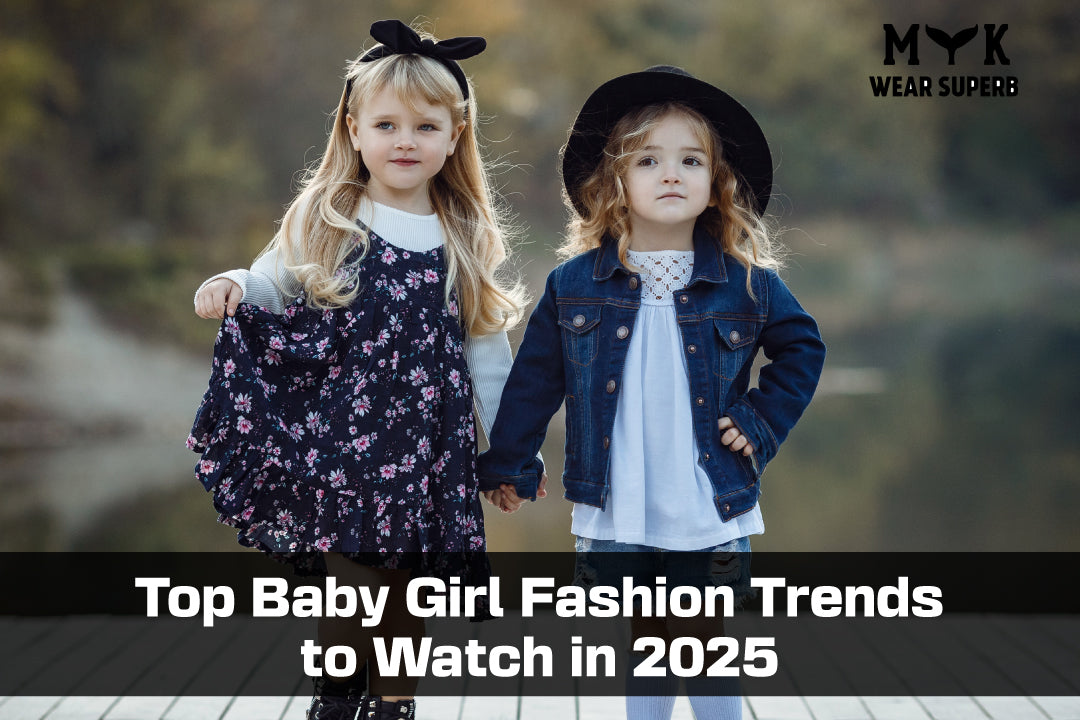
How to Select the Best Imported Clothes for Your Baby's Wardrobe
Choosing baby imported clothes for your baby can be a great way to access high-quality, stylish, and sometimes more affordable fashion from around the world. However, with so many options available online and in stores, it’s essential to make informed decisions that ensure your baby’s comfort, safety, and style. Here's a detailed guide to help you select the best imported clothes for your baby’s wardrobe:
1. Prioritize Fabric Quality and Comfort
Babies have delicate and baby imported clothes so always check the fabric composition before buying. Look for clothes made from 100% organic cotton, bamboo, muslin, or other soft, breathable materials. Avoid synthetic fabrics that may cause irritation or overheating..
2. Check for International Safety Standards
Imported baby clothes should meet safety standards for children’s wear. This includes non-toxic dyes, safe fastenings (no sharp zippers or loose buttons), and no choking hazards. Look for certifications such as OEKO-TEX® or GOTS (Global Organic Textile Standard), which indicate the product is safe for baby use.
3. Understand Sizing Differences
Sizes vary significantly across countries. A U.S. size 6 months may differ from a European or Asian size of the same age range. Always refer to the brand’s specific sizing chart and, when possible, measure your baby for a better fit.
4. Choose Seasonally Appropriate Clothing
Imported clothes may be designed for climates that are different from your own. Make sure the items suit your local weather conditions. For example, buying thick woolen outfits from Europe may not be ideal for tropical regions.
5. Pay Attention to Return and Exchange Policies
Since buying imported clothes often involves international shipping, always check the seller’s return and exchange policies. Some international brands may not offer free returns, so it's wise to confirm policies beforehand in case the item doesn’t fit or meet expectations.
6. Balance Style with Practicality
While it's tempting to pick the most fashionable pieces, functionality should not be sacrificed. Look for clothes that are easy to put on and take off, especially for newborns and infants. Features like snap buttons, envelope necklines, and stretchy waistbands can make dressing your baby much easier.
7. Choose Trusted Brands or Sellers
Stick to reputable brands or platforms known for their quality and reliability. Whether you're buying from a European boutique or an Asian e-commerce site, do a little research on the brand’s reputation. Check for customer feedback, product ratings, and social media presence.
8. Consider Shipping Time and Costs
Imported clothes can take longer to arrive and may incur customs fees. Factor in shipping time when planning for special events or seasonal clothing needs. Some websites offer local warehouses for faster delivery, so explore those options if timing is critical.
9. Look for Eco-Friendly and Ethical Practices
If sustainability is important to you, seek out brands that follow ethical manufacturing practices. Imported clothing made under fair labor conditions and from eco-friendly materials can help you feel better about your purchase and its impact.
10. Don’t Overbuy – Babies Grow Fast!
Imported clothes can be charming, but remember that babies grow quickly. Select a few key pieces that blend well with your baby’s existing wardrobe instead of buying large quantities that may soon become too small.


